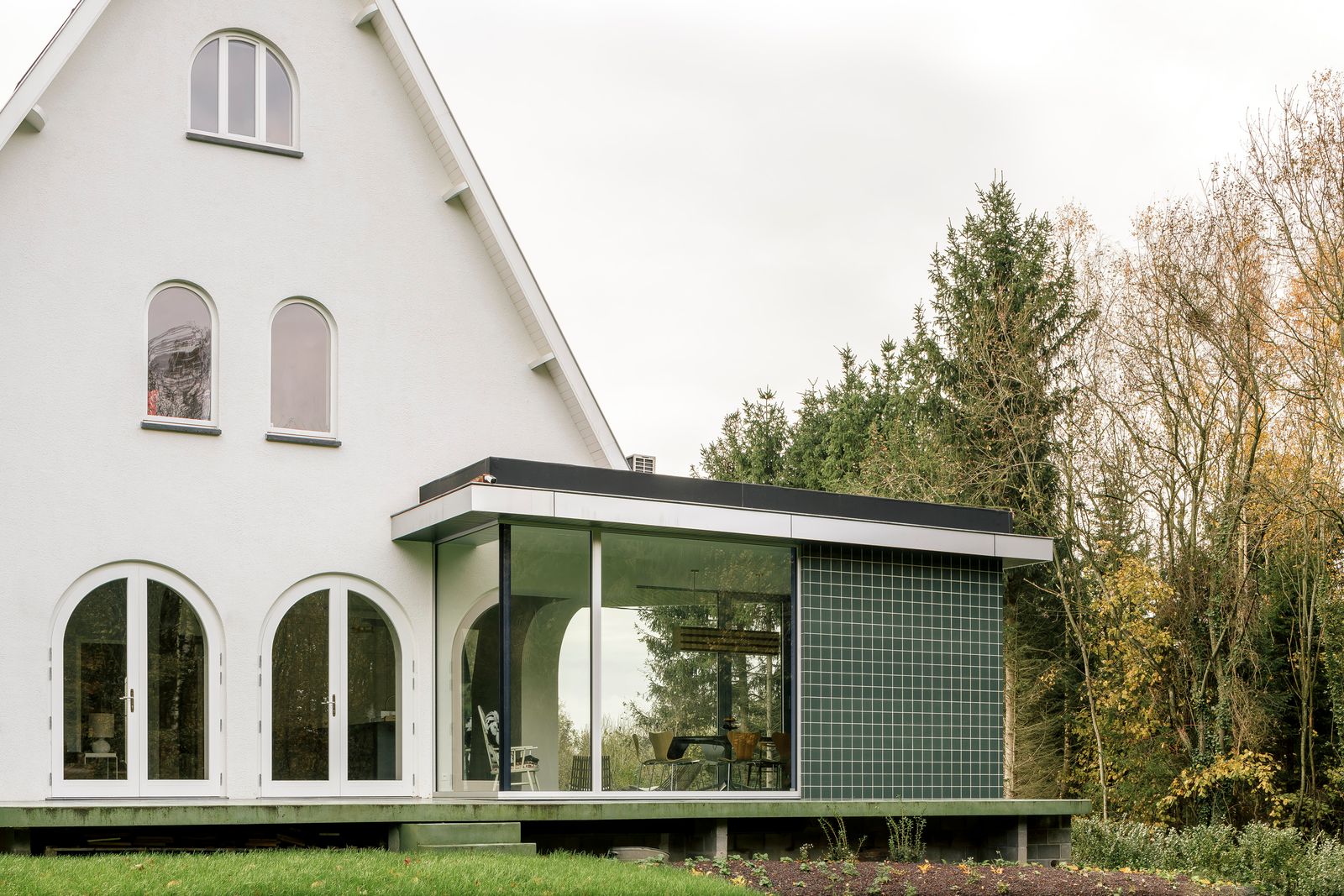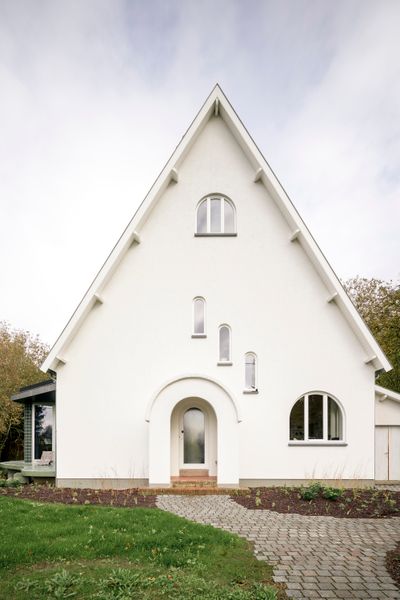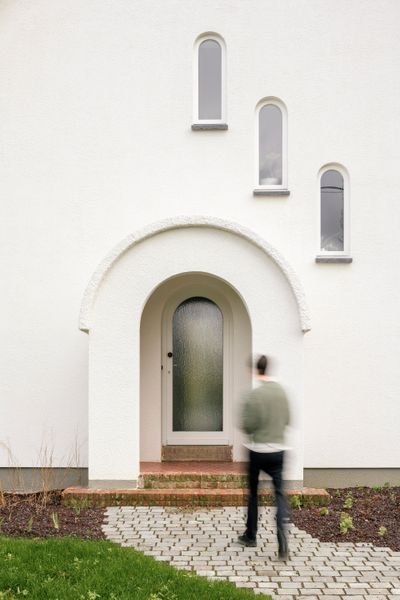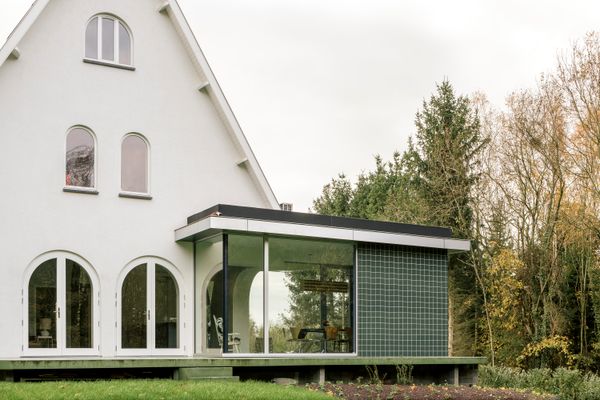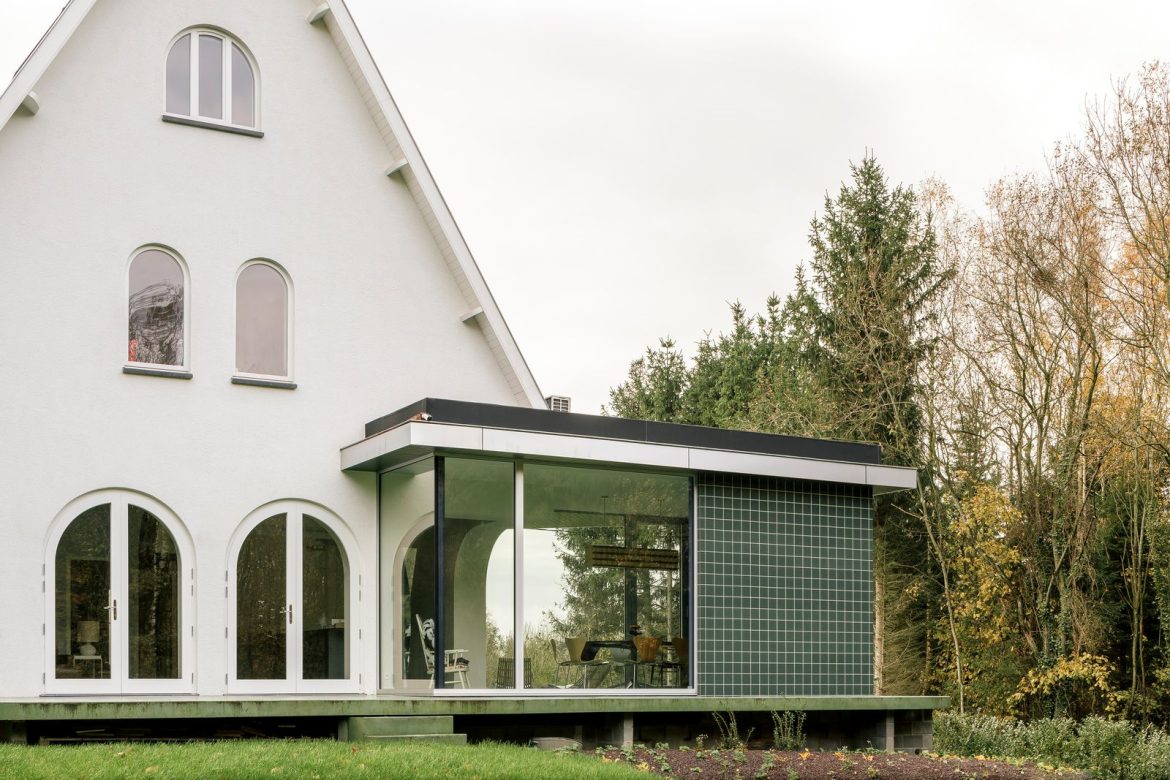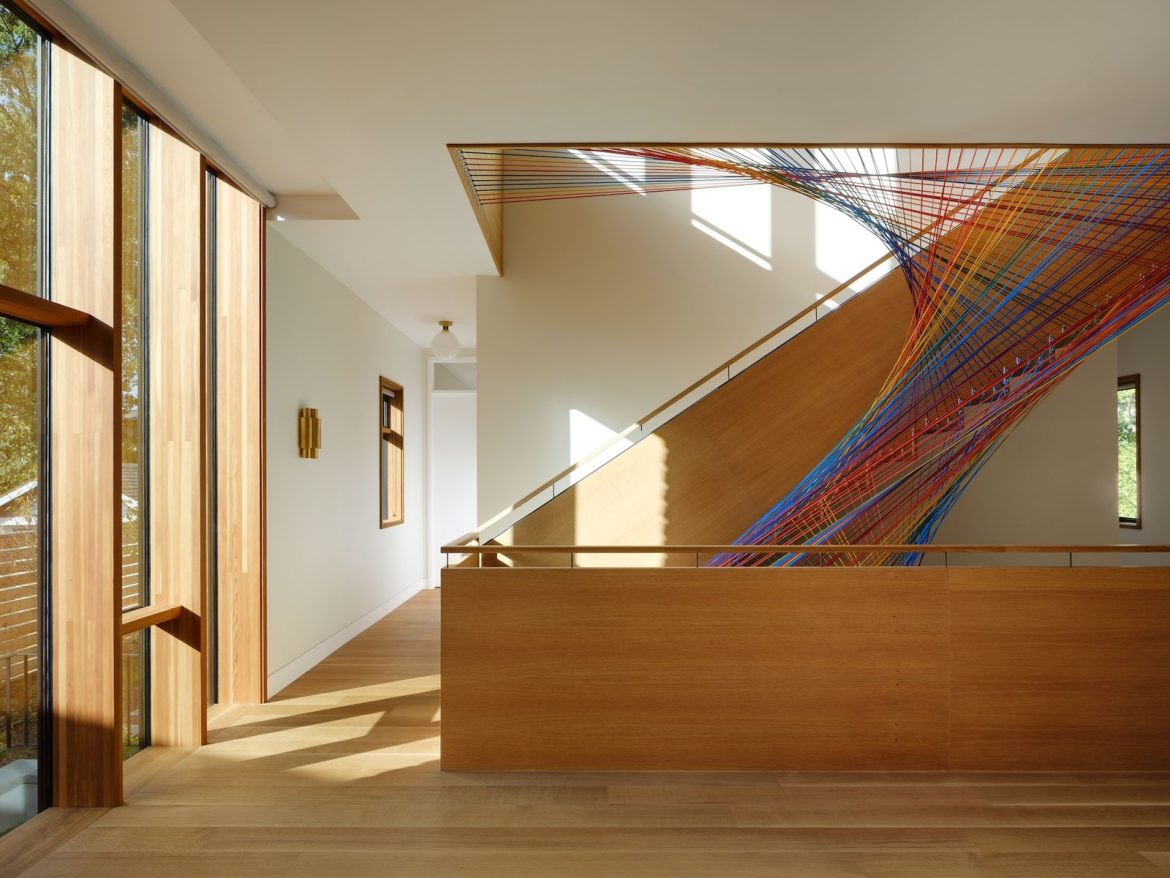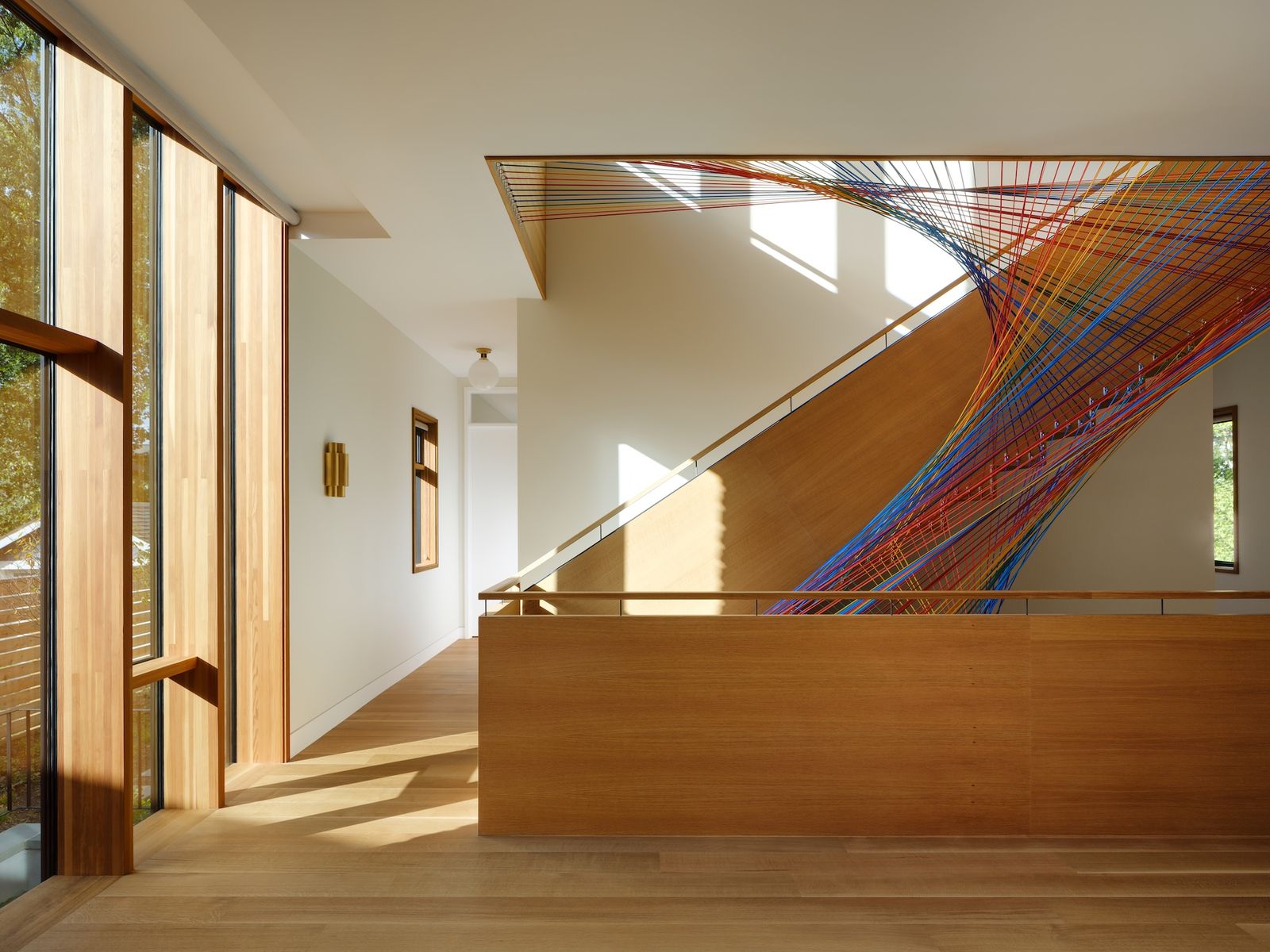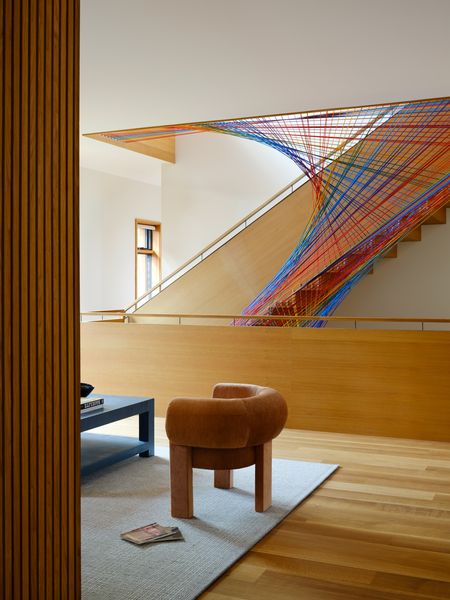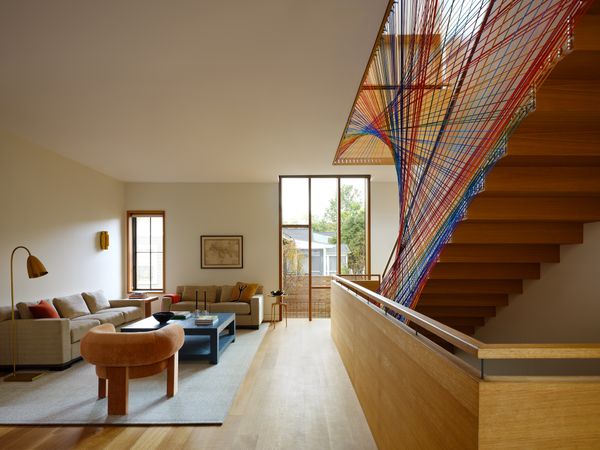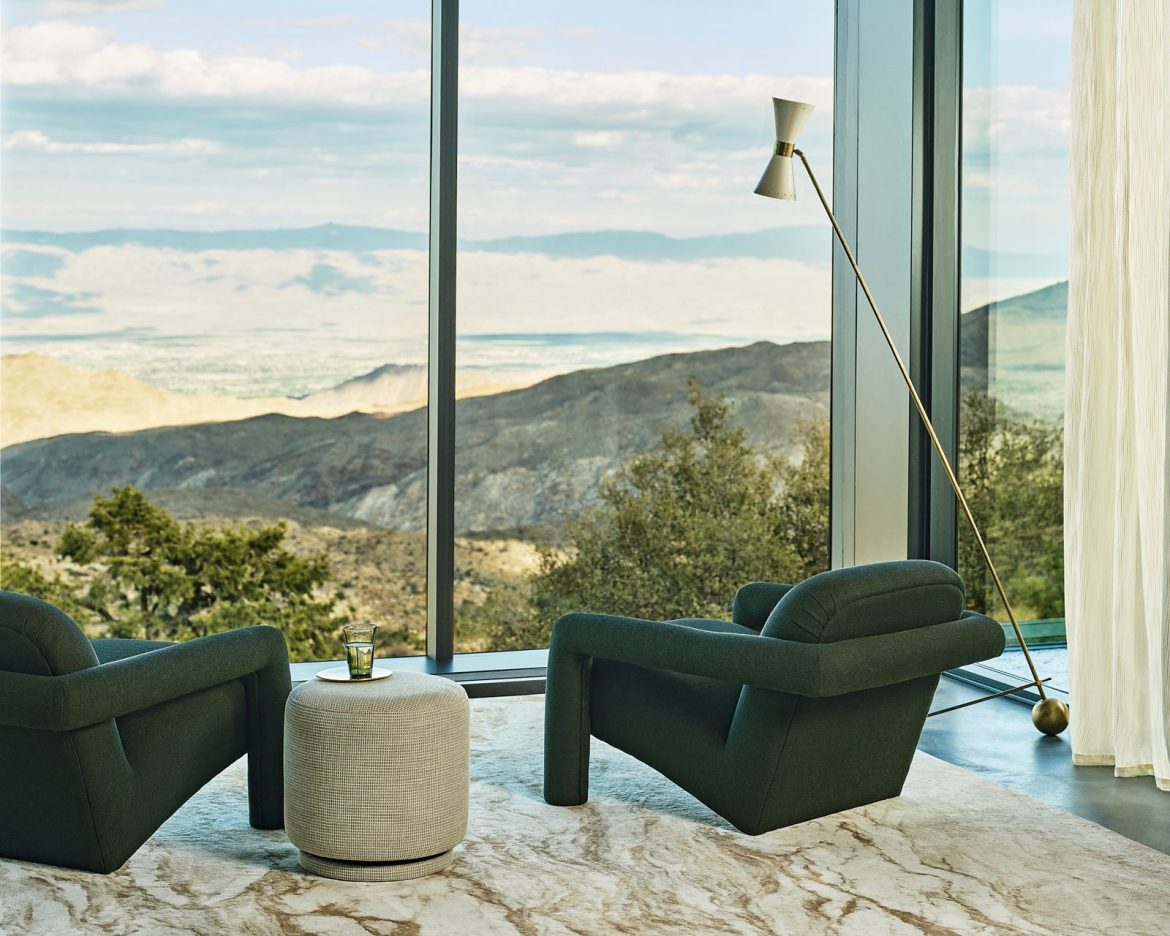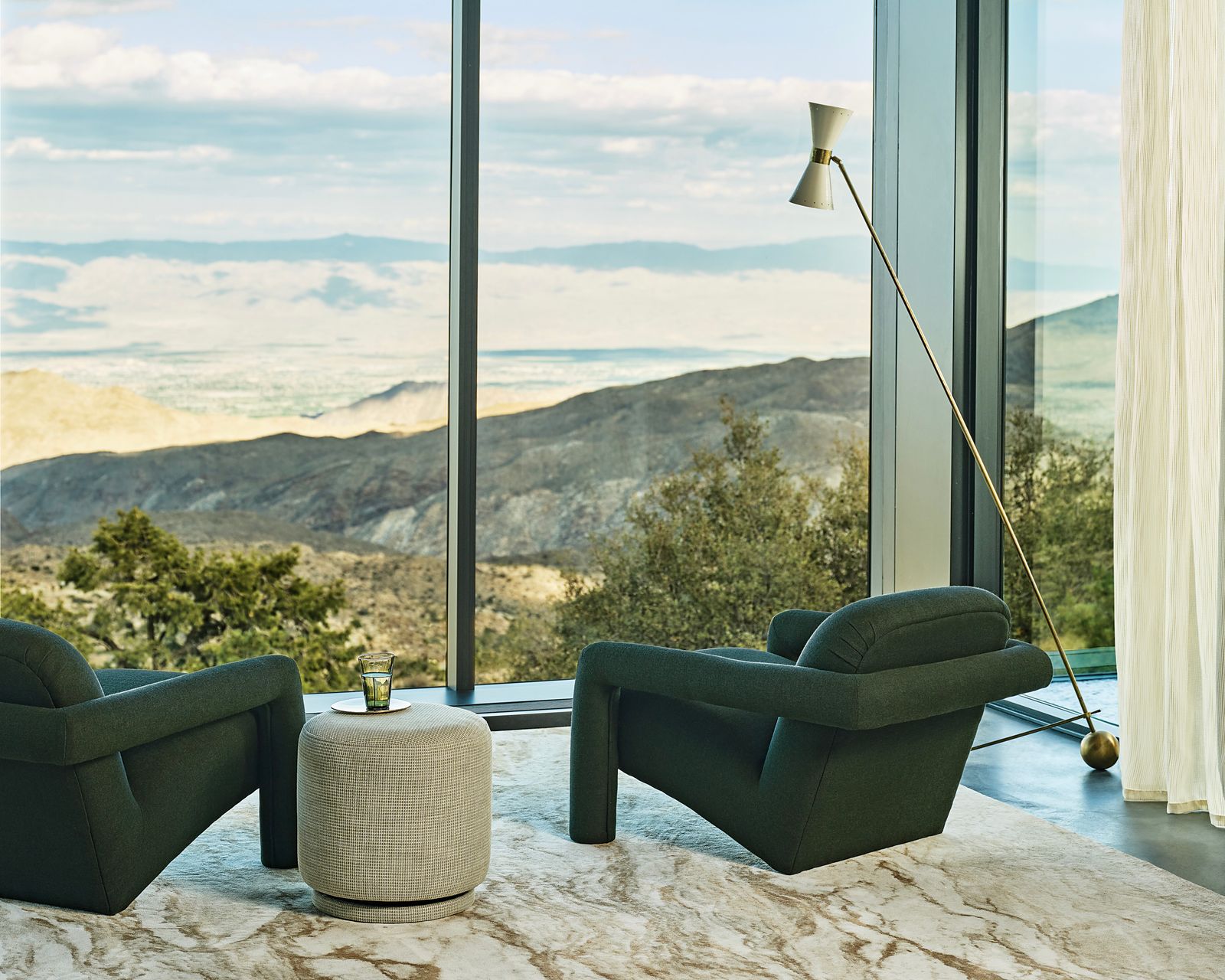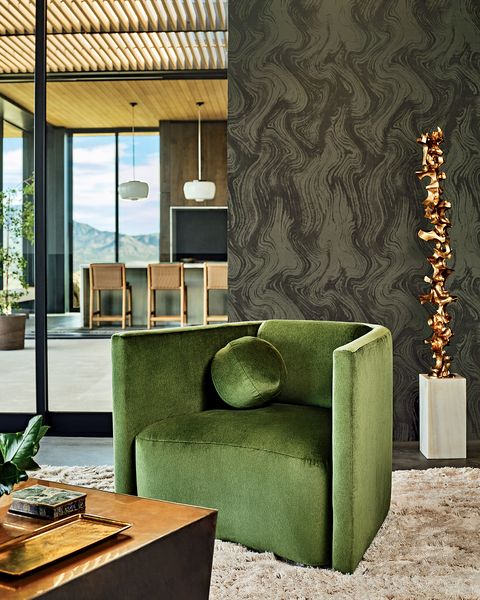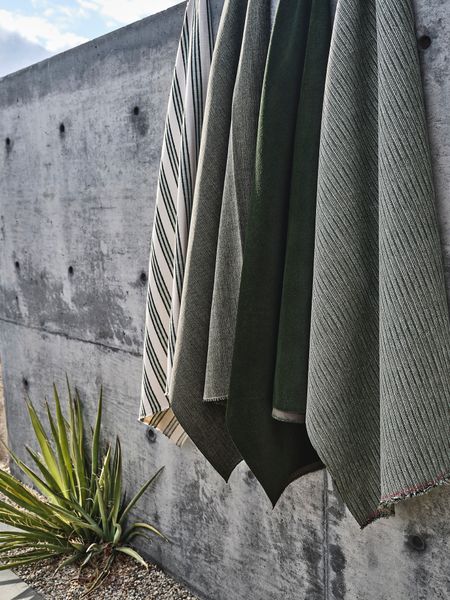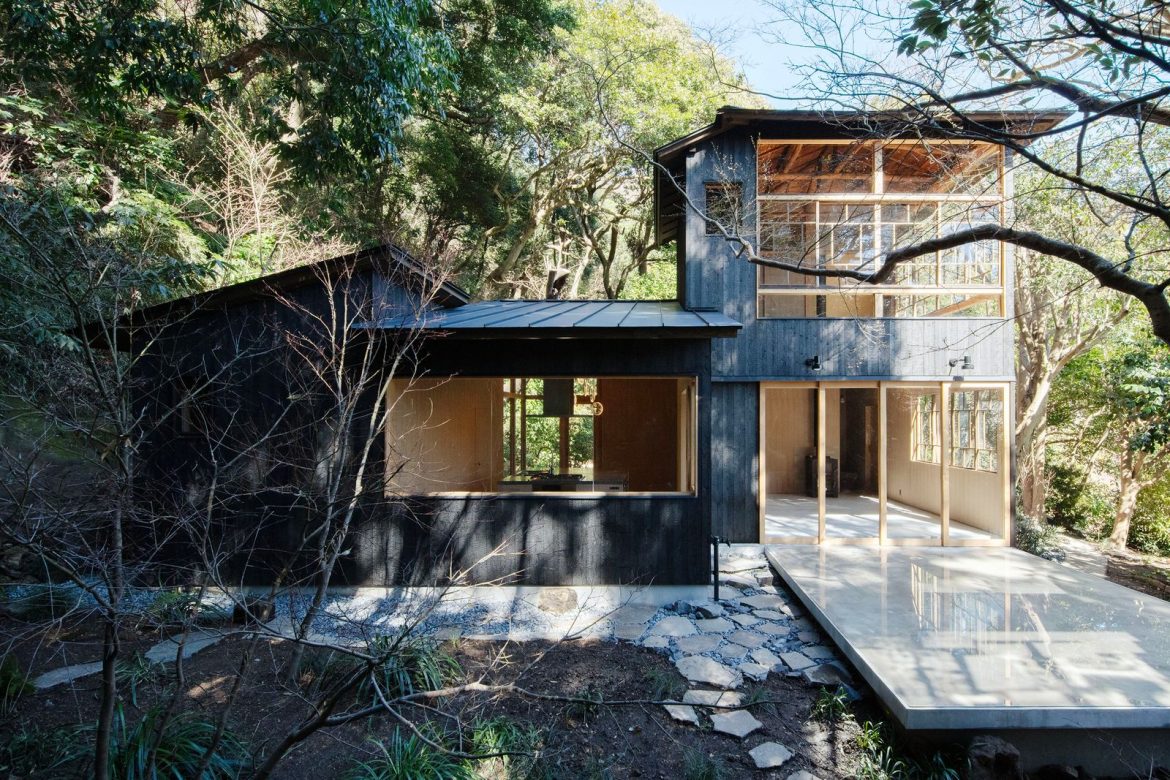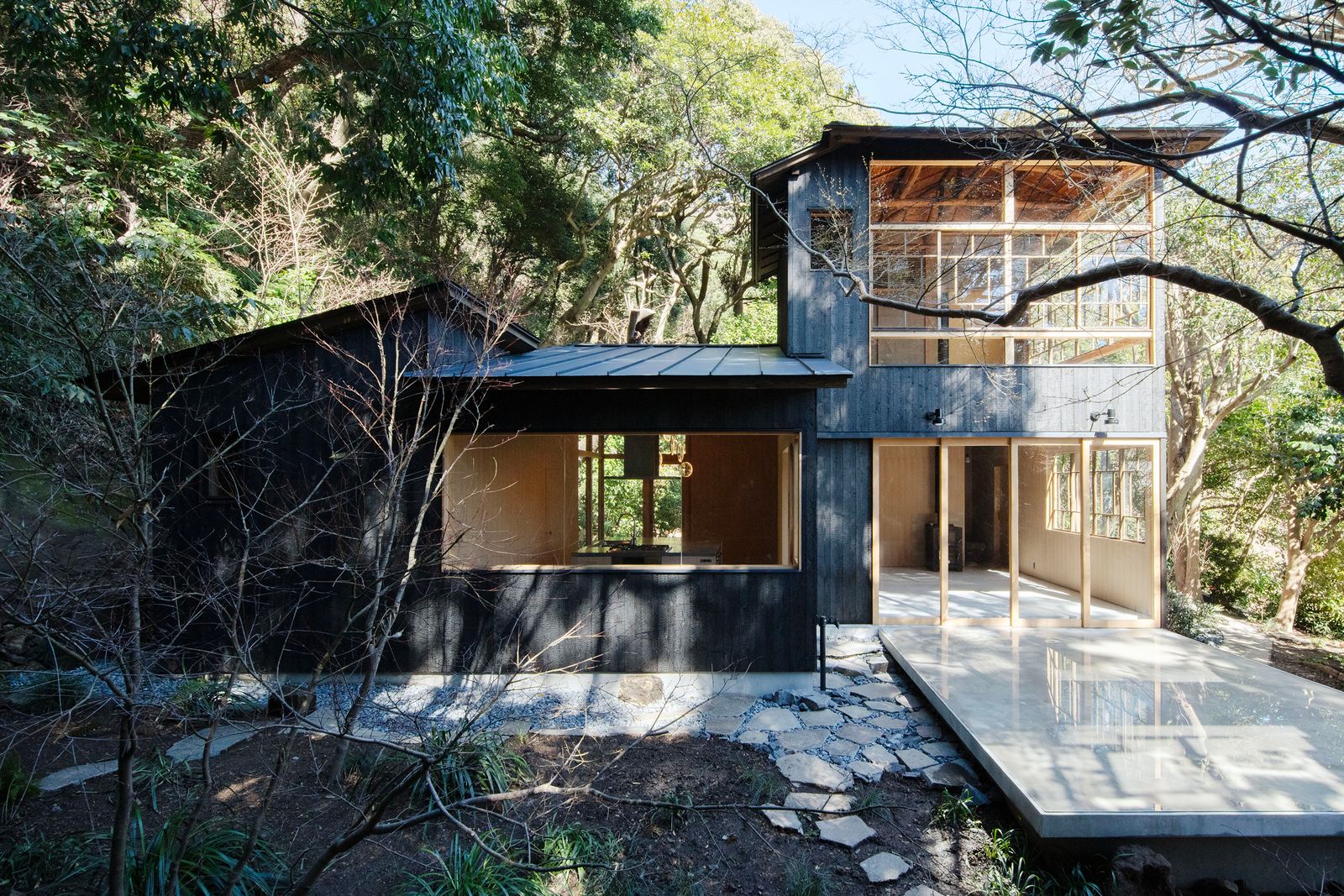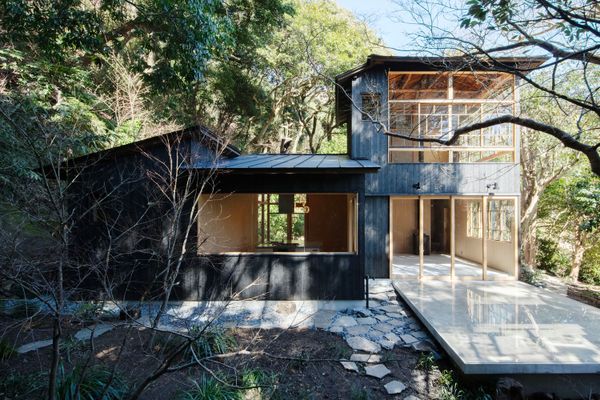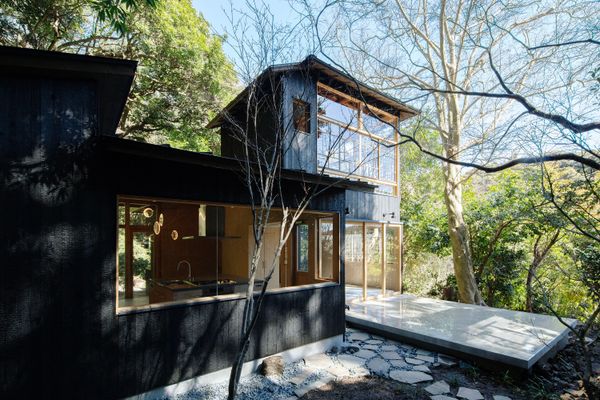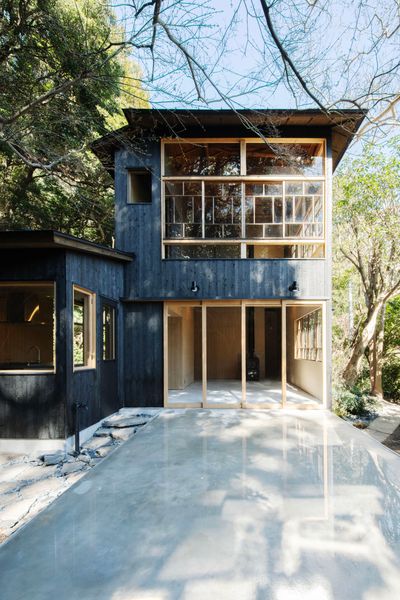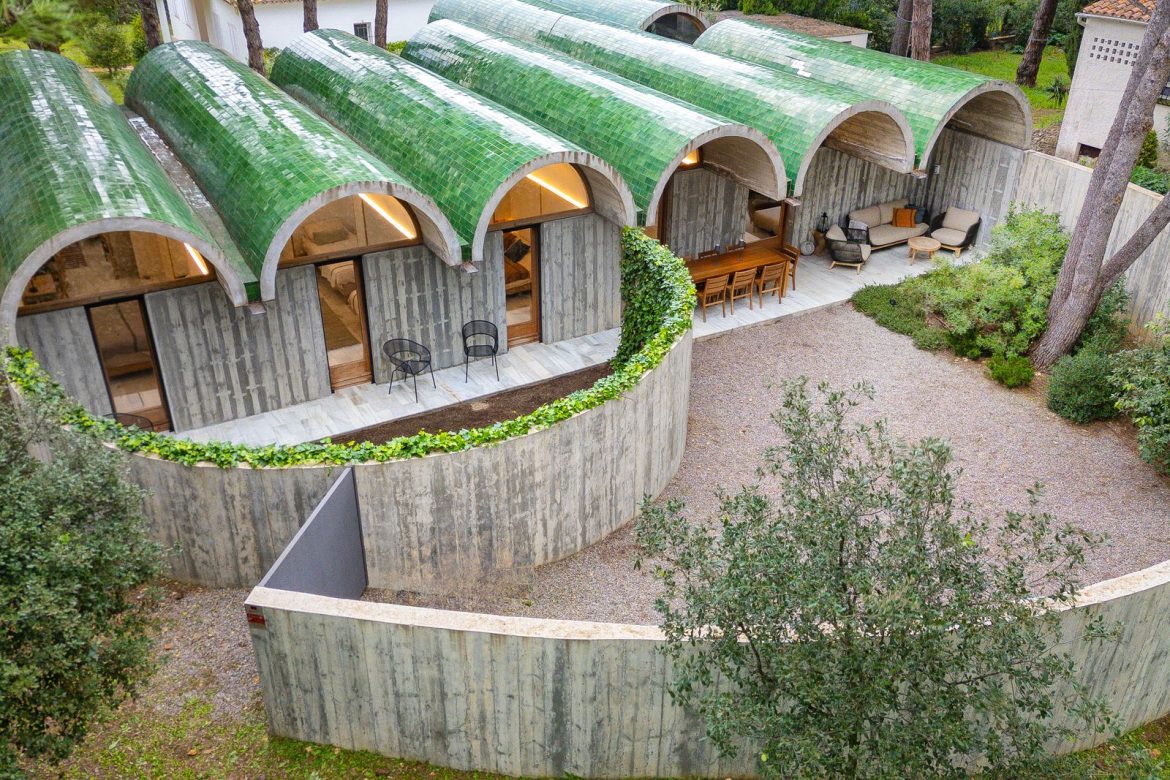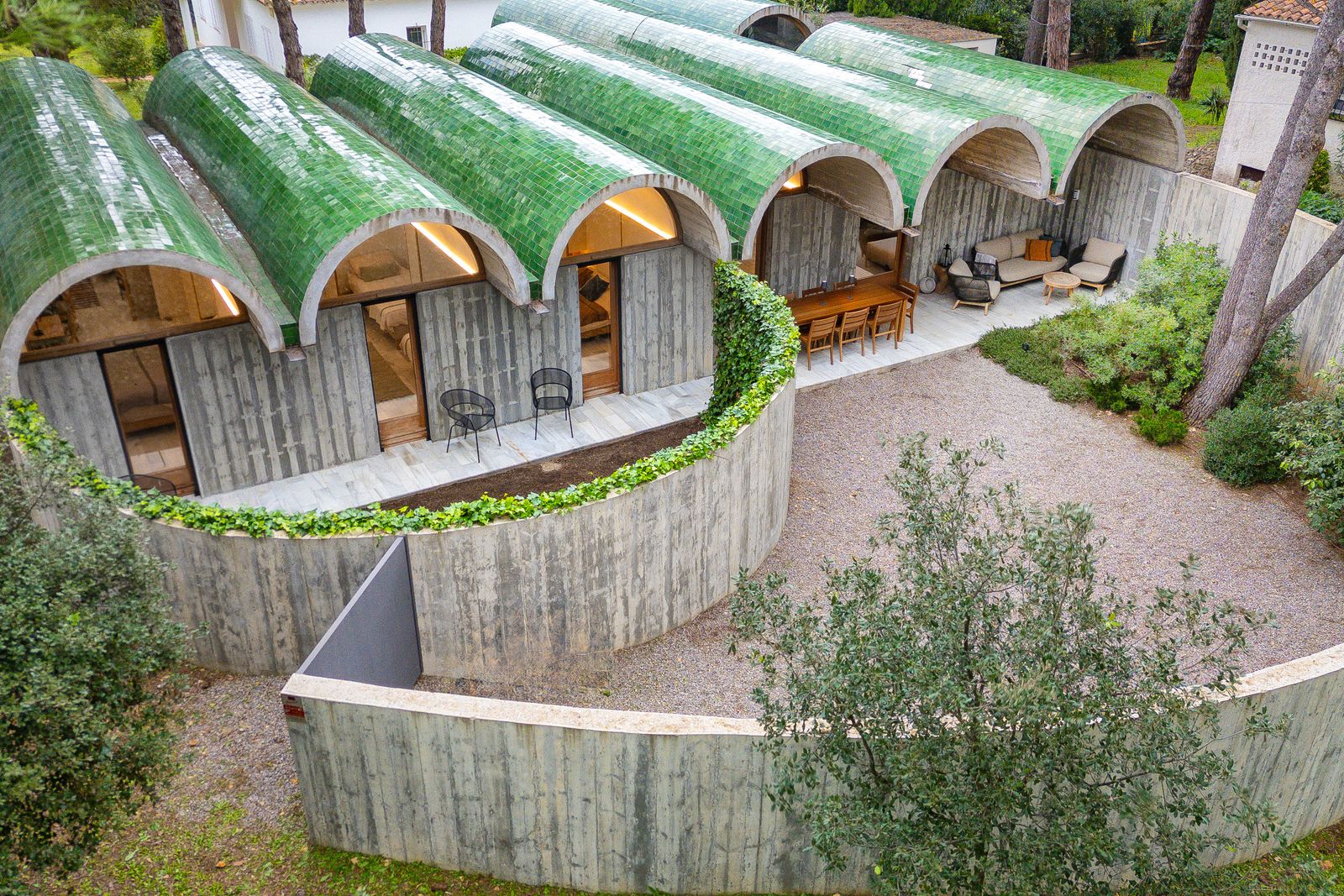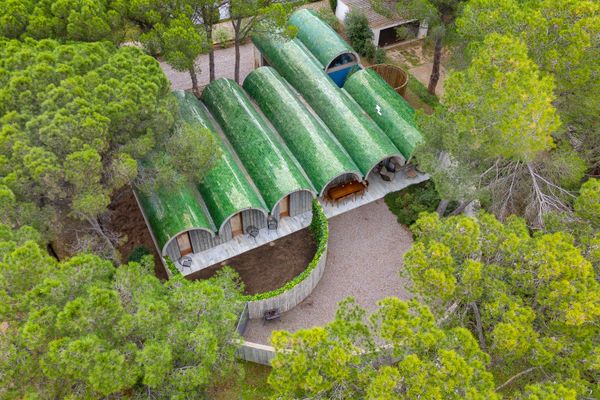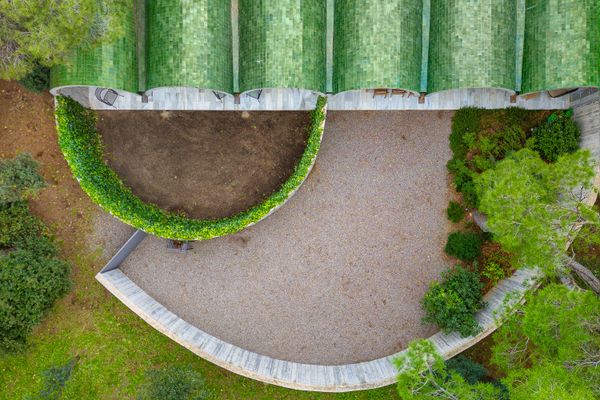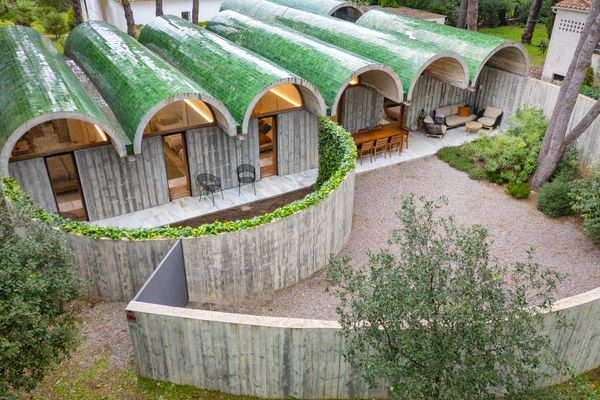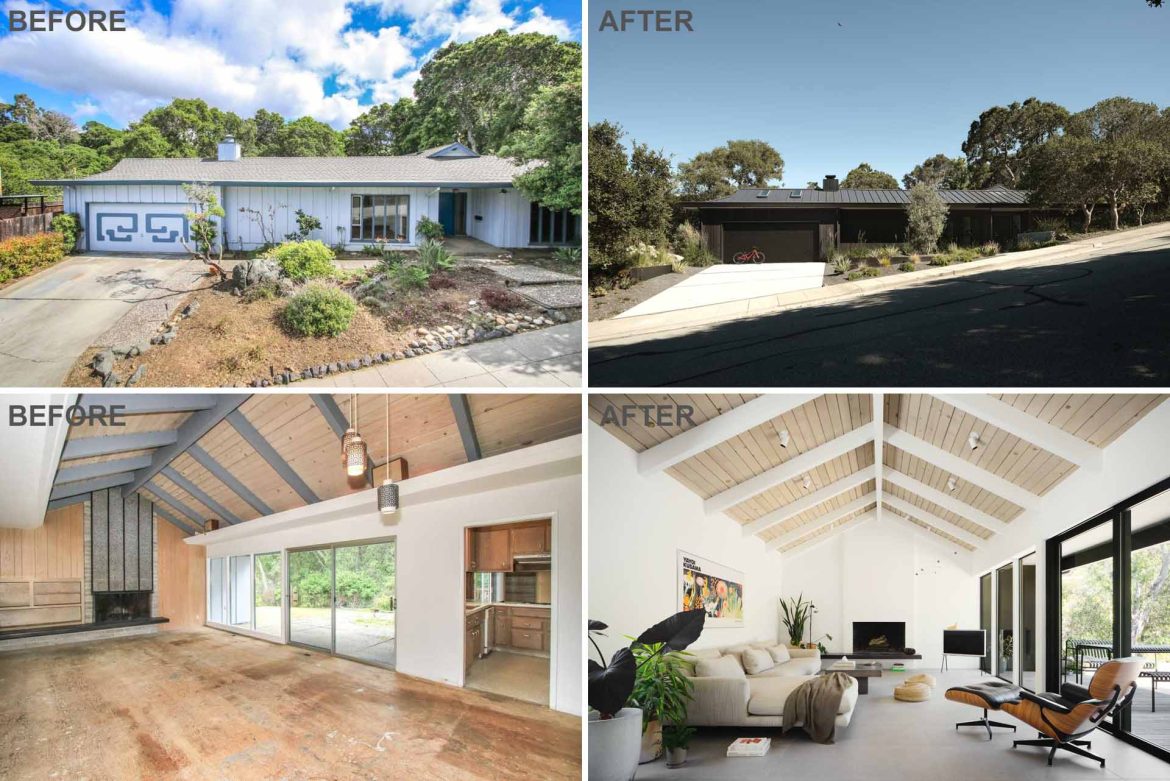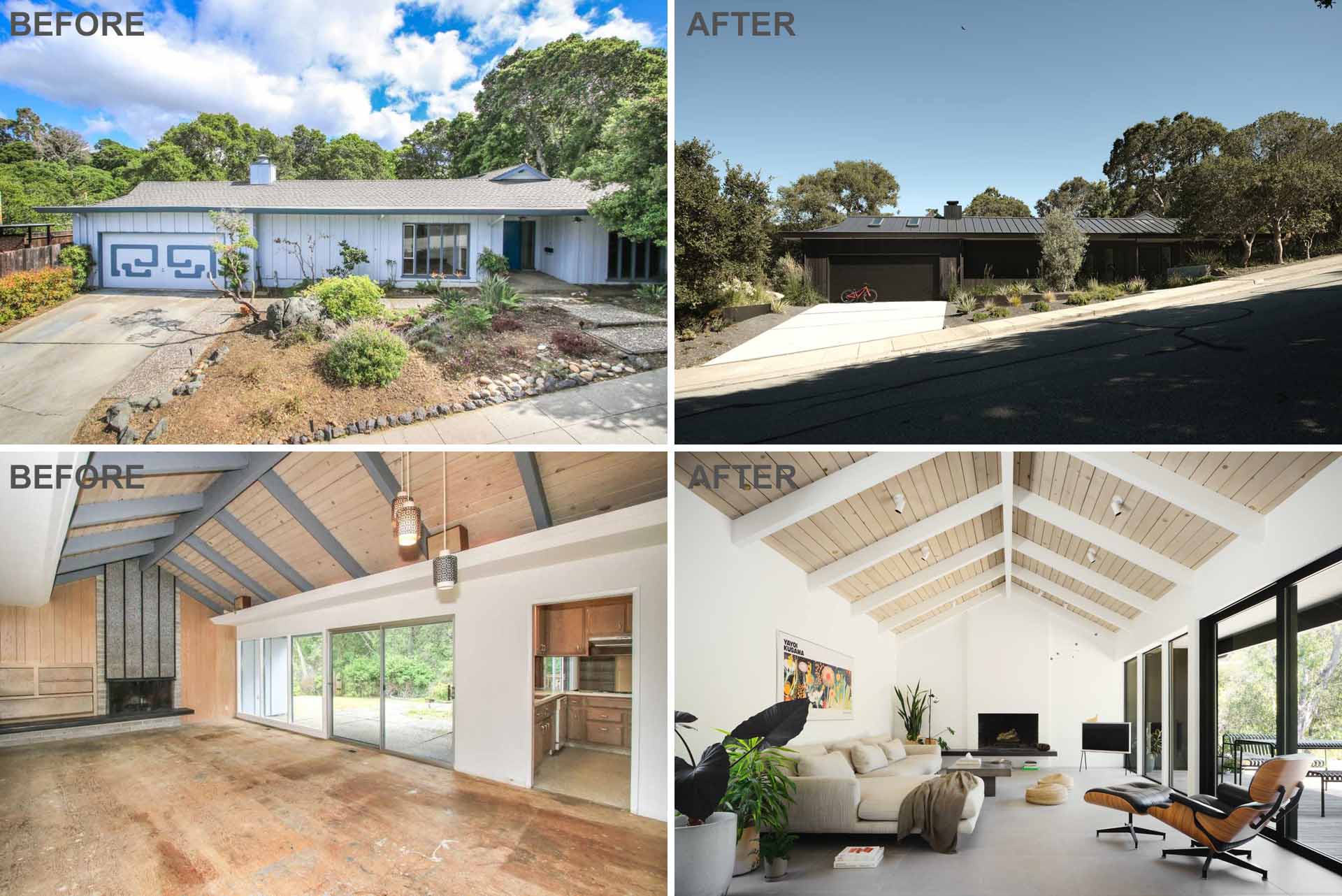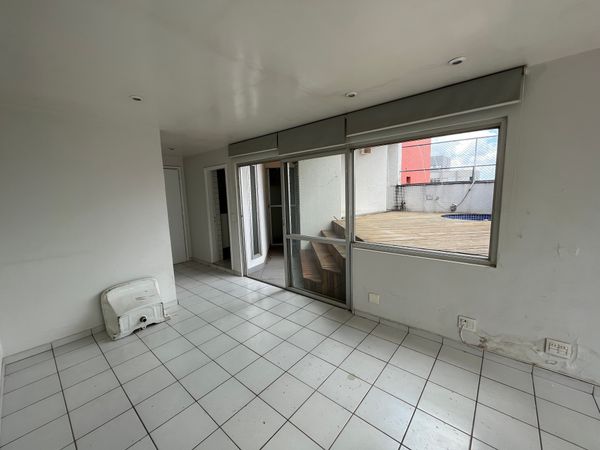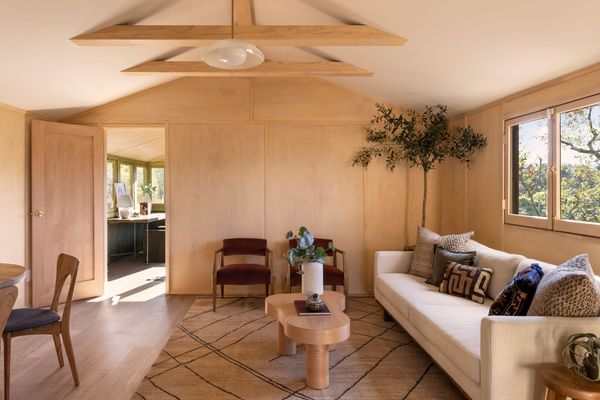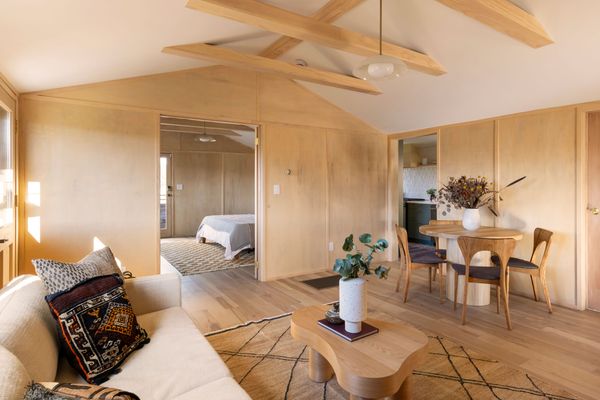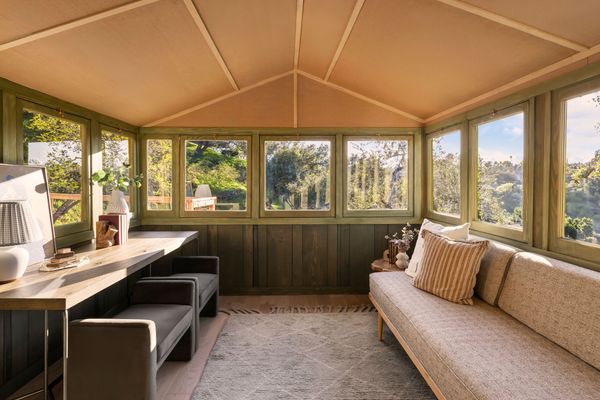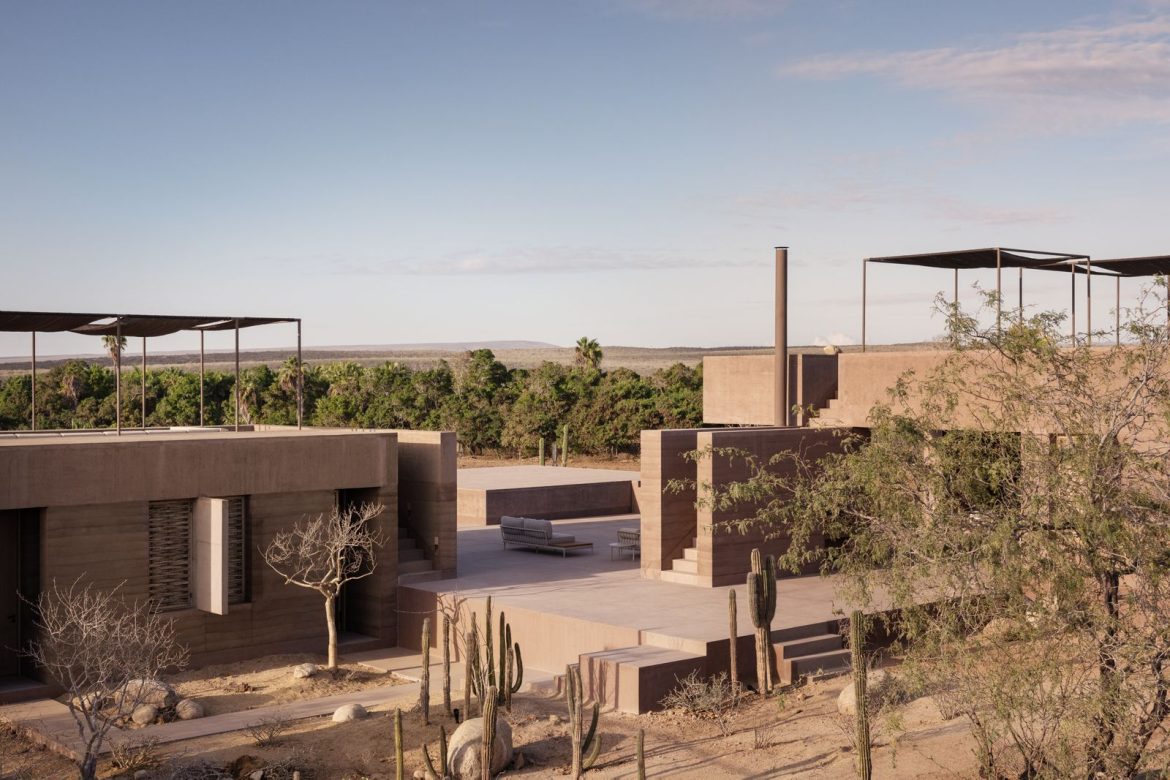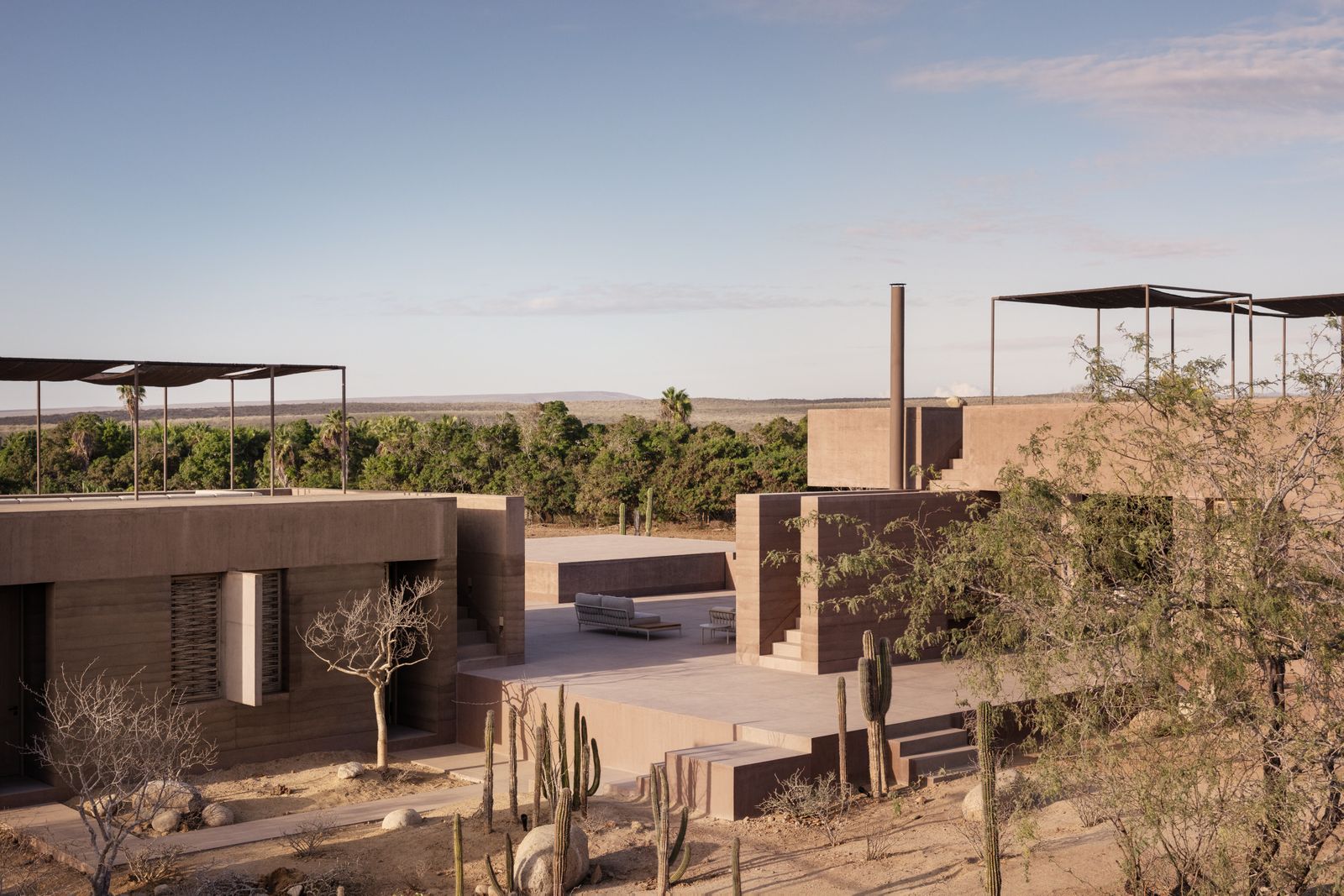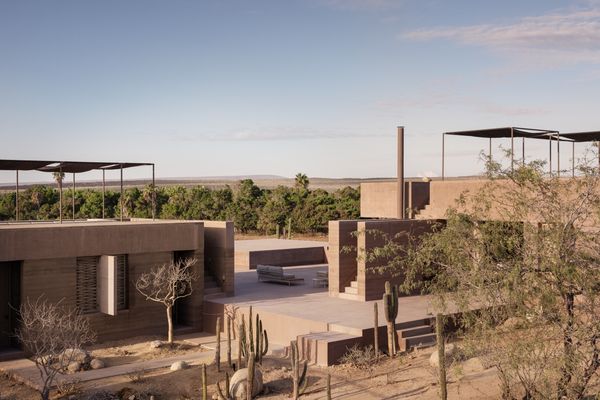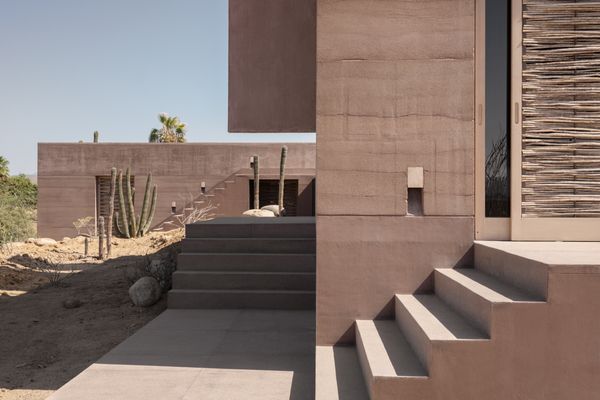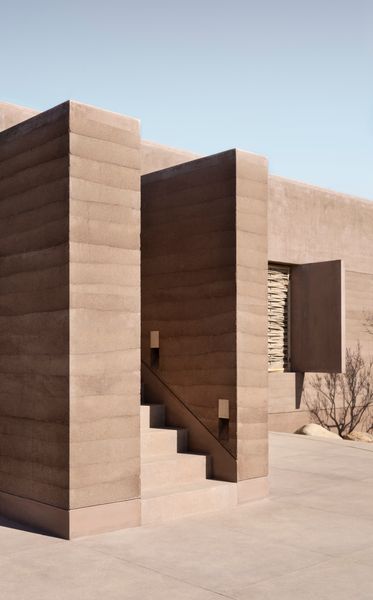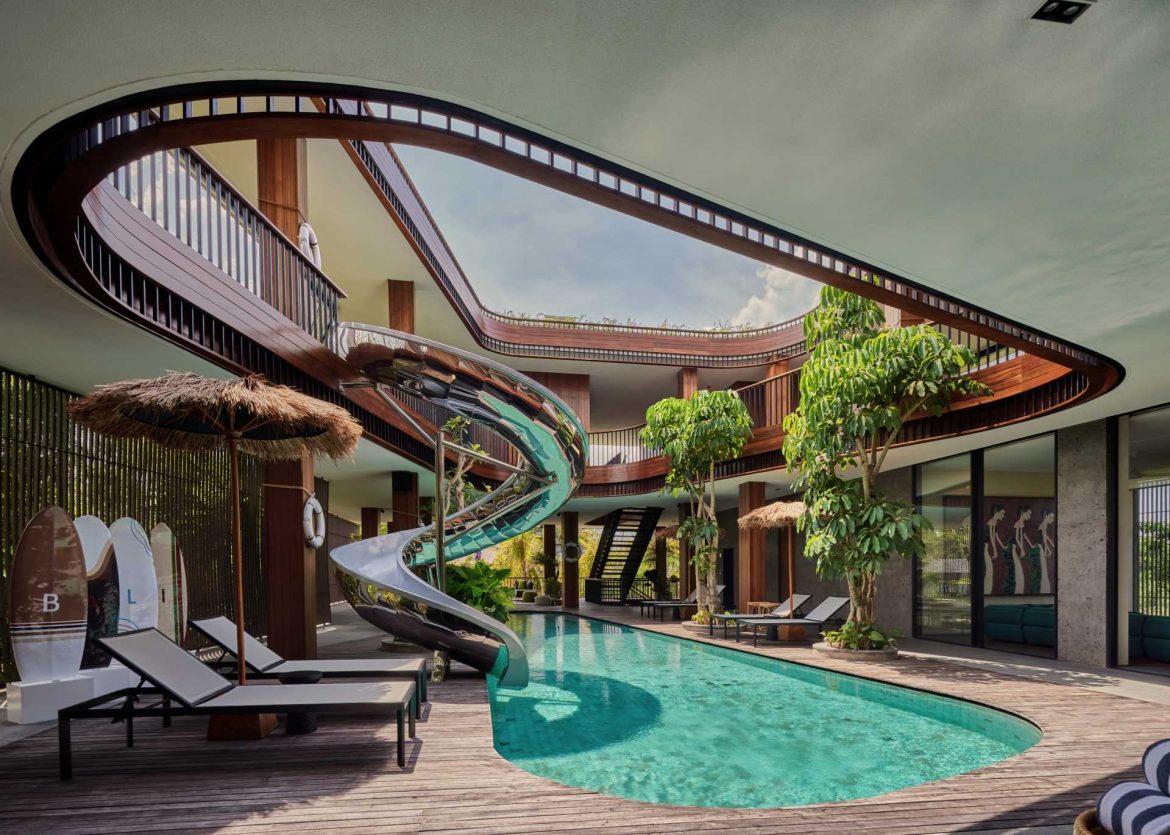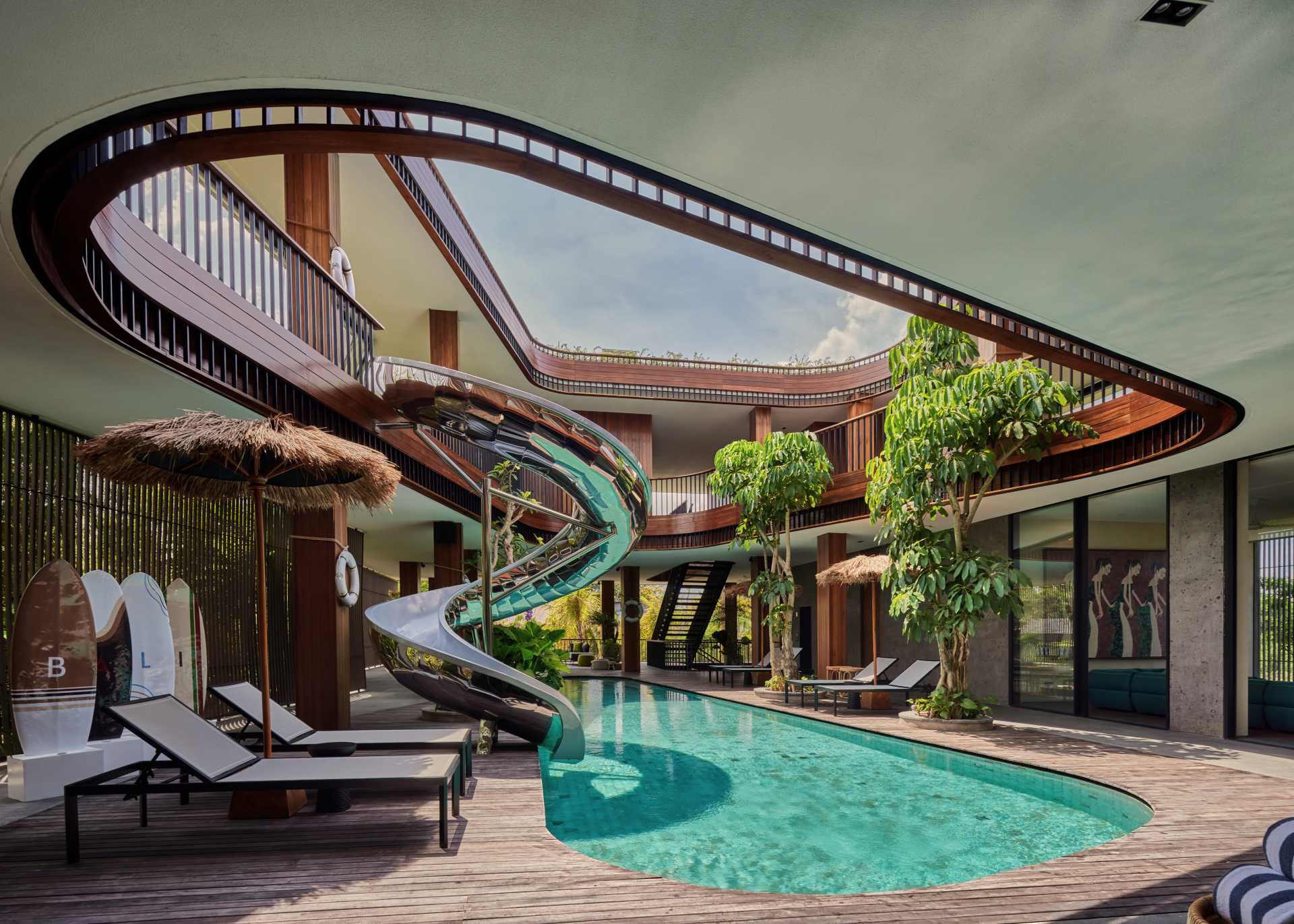The pad extends the living area of the revived 90-year-old residence, now a flexible art space with original windows and fresh yakisugi cladding.
Houses We Love: Every day we feature a remarkable space submitted by our community of architects, designers, builders, and homeowners. Have one to share? Post it here.
Project Details:
Location: Kamakura, Japan
Architect: Yuji Okitsu / @yujiokitsu
Footprint: 721 square feet
Builder: Deguchitateguten CO.,Ltd
Landscape Design: Art Base Garden Obaen
Photographer: Satoshi Nagare
Photographer: Yuji Okitsu
From the Architect: “This project transforms a 90-year-old house on the edge of a hillside in Kamakura, Japan, into an atelier. It is a new annex to the main house where the clients spend most of their time. They wanted a space to invite artists and culinary experts and enjoy creative time together or entertain their friends.
“The building is situated on a flat site in the middle of a steep cliff, characteristic of Kamakura, with just enough space for a single house. When we were first called to the site, the floors, walls, ceilings, and equipment of the house had all been removed, leaving only its framework, with its original layout unrecognizable. The old wooden pillars interspersed with the surrounding trees, and sunlight and the rock surface peeked through the spaces between them, creating a space that coincidentally blended architecture and the environment.
“In renovating the building, we did not paint the exposed parts of the repaired and reinforced framework to match the color of the existing and new wood. Out of respect for the building, which has stood the test of time despite being left unoccupied for many years, we wanted the house to symbolize the coexistence of old and new and its permanence. We tried to preserve the materials that sustained the building and pass them on to the next generation by repairing the existing window frames, which give a sense of the building’s identity, and reusing the foundation stones, which have supported the building for many years.
“We selected materials that would age well, such as yakisugi on the exterior walls and the brass door knobs. Solid chestnut wood flooring that had been used in the client’s previous home and stored away for many years was also incorporated, as were antique window frames that they already owned.
“In the new floor plan, the first floor mainly consists of the atelier, kitchen, and dining room. The location of the stairwell and the difference in ceiling height create a space without dead ends, allowing one to circulate freely. The floor-level low windows, called muso-mado (traditional Japanese windows fitted with panels with vertical slats that can be opened and closed for ventilation), were installed in the second floor room that opened to the first floor atelier. By opening and closing the panels, the atmosphere, sounds, and warm air from the wood stove are transmitted to the upstairs, making the whole building feel like a spacious, open-plan room.
“The concrete deck in the garden was designed to form a thin layer of water when it rains. While it rains, ripples spread across the rectangular deck, and the moving patterns created by nature are reflected upon the architecture. After the rain, it becomes a transient water basin, and the trees’ reflections and natural light reveal a fusion of landscape and architecture.
“In renovating the old house, we made sure to preserve the passage of time recorded in the land and architecture and pass it on to the future. We aimed to create a building that combines a sense of balance between old and new, integration with the landscape, and an affinity with the environment.”
